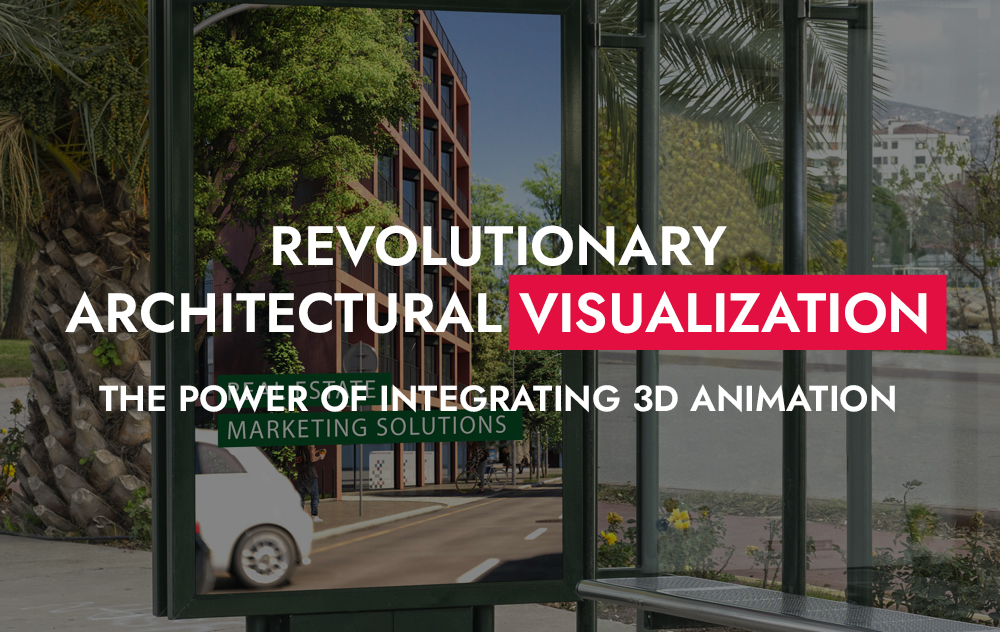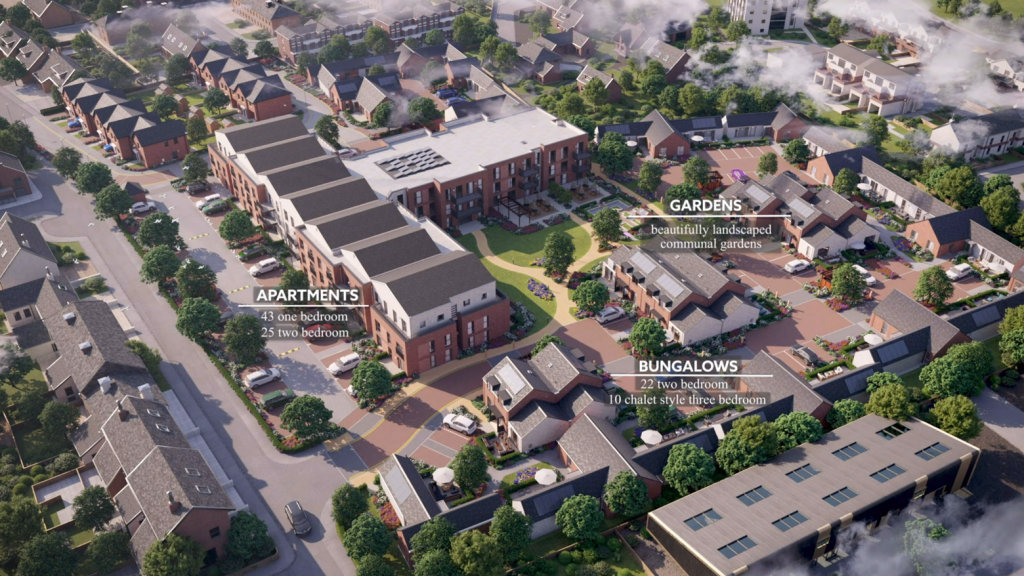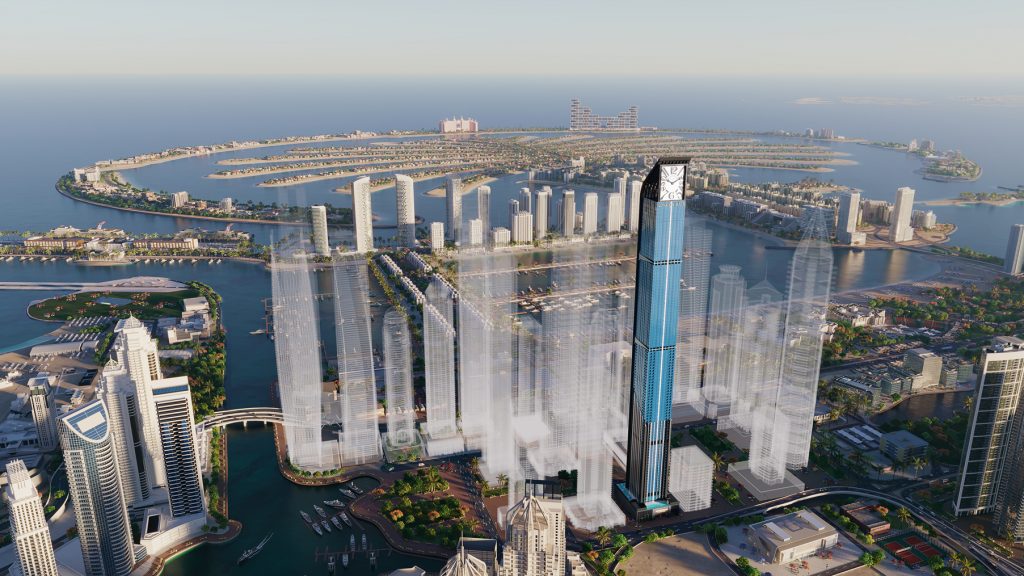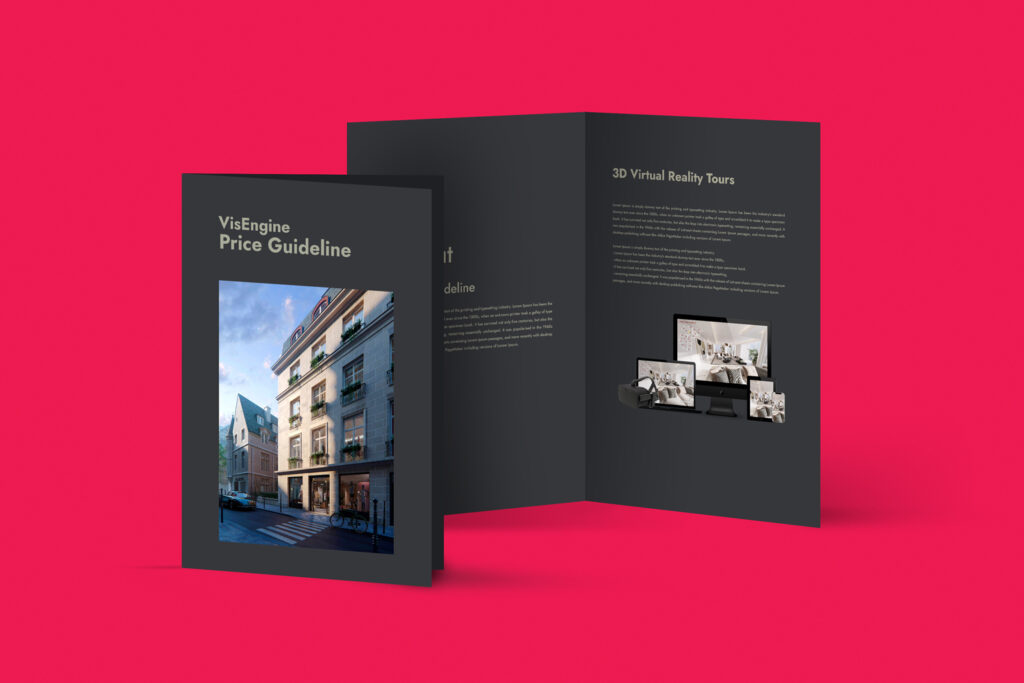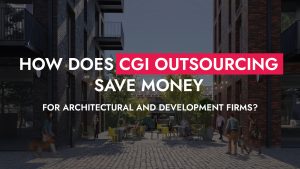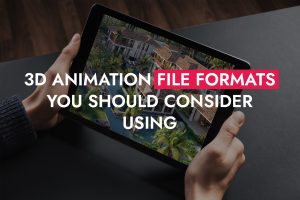Combining drone footage with 3D animation offers a more effective alternative. Instead of modeling every element of the scene, artists can focus only on the future building. The drone footage serves as a background, blending seamlessly with the 3D model. This significantly reduces the time required to create a visualization. By focusing exclusively on 3D buildings and using real environmental footage, project timelines are reduced, allowing you to start marketing activities faster.
The cost of creating detailed 3D models can be significant, especially for complex scenes. The time savings gained by integrating 3D animation with drone footage translates directly into cost savings. With fewer hours required for modeling, the overall cost of creating a visualization is reduced. This allows architects and real estate professionals to allocate their budgets more efficiently, investing in other important aspects of their projects.
Architectural visualization is all about accuracy and realism. Stakeholders, including city planners, investors, and potential clients, rely on these visualizations to make informed decisions. Traditional CGI methods, while detailed, can sometimes fail to capture all the details of a building’s relationship with its surroundings. Combining 3D animation with drone footage provides a level of realism that is difficult to achieve with traditional methods. The real-world footage creates an authentic backdrop, while the 3D model accurately represents the future structure. By showing potential future buildings on a real site, professionals can present more than just an empty lot. This realistic visualization helps potential buyers to imagine living or working there, significantly increasing the appeal of the property. This combination ensures that stakeholders can fully understand how the project will interact with its surroundings, leading to more informed and confident decision-making.
